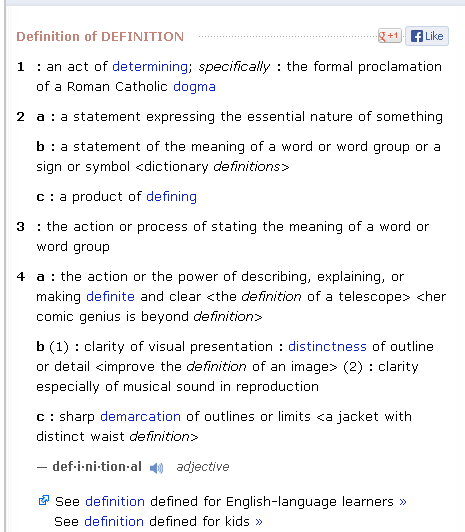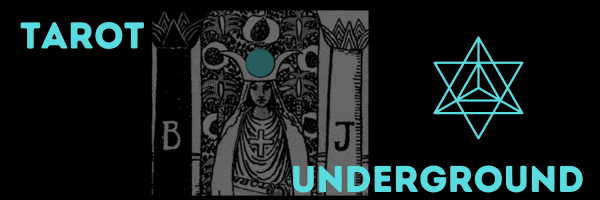 Tarot card definitions are distinctly absent from this website.
Tarot card definitions are distinctly absent from this website.
Why?
My reasons:
- There are plenty of great websites full of Tarot card definitions
- Definitions exist so we can talk among ourselves
- Definitions are a place to start, but ultimately you need to develop your own.
My Favorite Places to Find Tarot Card Definitions
My #1 reason for not writing about Tarot card definitions is there are so many great resources out there already! Why re-invent the wheel?
Here are a few of my favorite Tarot Definition websites:
What’s important to keep in mind here is that Tarot card definitions are not set in stone. Everyone has their own take. As well, certain decks have a certain emphasis, and this will be reflected in each card.
For example, the 7 of swords in one deck may have a distinct “watch your back” message while another will focus more on planning. Certain decks have court cards that are very approachable and real, while others seem distant and iconic.
Some of the best card definitions, in my opinion, come from the author who created the deck. This lets you get into the themes and feel of the deck and understand the cards in a deeper way.
Which brings me to the little white books found in the box with most Tarot card decks. Unless it is a guide written by the author of the deck, I throw them away.
Most of these little definition books have short, cryptic, and somewhat fear inducing definitions. No need for that.
The Slippery Slope of Tarot Card Definitions
The slippery slope of definitions can be found under #1 of the Merriam Webster definition of definition in the picture above.
“the act of determining, specifically, the formal proclamation of Roman Catholic dogma”
Uh oh. Dogma alert!
Definitions are great. Definitions are what allow us to talk to each other, quite literally. When I say “table” in English, everyone knows what I mean. If I call it a “gong” there is confusion.
By the same token, Tarot card definitions let us talk to each other. Three of swords, oh, the heartbreak card.
However, when the 3 of swords becomes codified into the heartbreak card and that’s the only thing it can mean, or it becomes the “state of Tarot approved” definition, then we’re in trouble.
Standard or common definitions are a great place to start for a beginner. It gives you a place to leap off from. And it lets you talk with other readers.
Ultimately, however, you must develop your own set of definitions. And definitions may not be the right term. Associations is more like it. Over time, each card will bring up a range of emotions, situations, people, places and things for you.
These associations will work for you, as a distinct Tarot reader. Other people may jibe with them or not.
Just like learning a language, you need to develop the ability to think in the language. Running through definitions in your head and and translating does not make for fluency in Tarot or a foreign language. You need to live it.
Here’s to your Tarot life!
Liked this Tarot tip? Get more straight to your inbox. Enter your email below:
